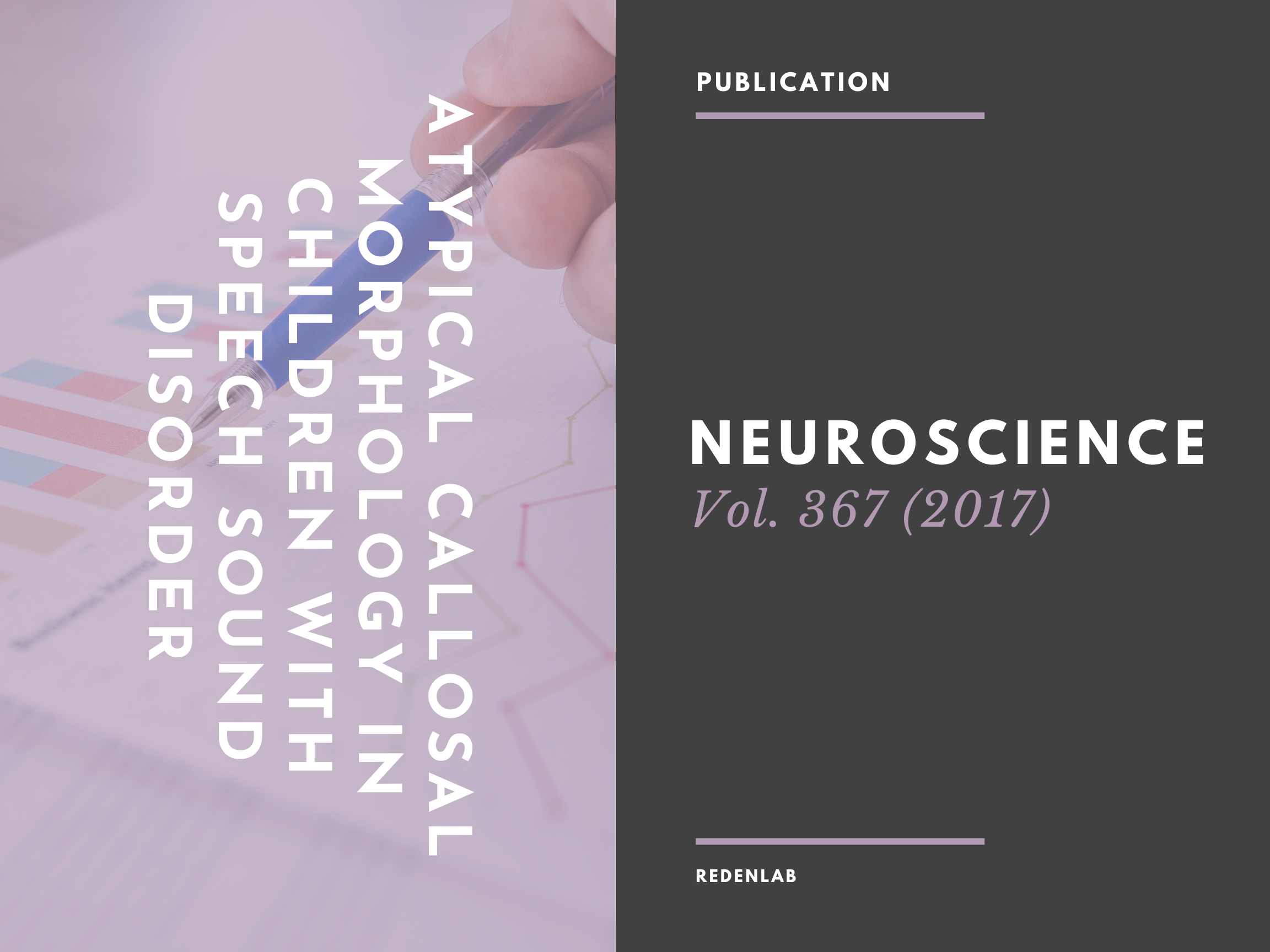SCIENCE: Atypical callosal morphology in children with speech sound disorder

Speech sound disorder (SSD) is common, yet its neurobiology is poorly understood. Recent studies indicate atypical structural and functional anomalies either in one hemisphere or both hemispheres, which might be accompanied by alterations in inter-hemispheric connectivity. Indeed, abnormalities of the corpus callosum – the main fiber tract connecting the two hemispheres – have been linked to speech and language deficits in associated disorders, such as stuttering, dyslexia, aphasia, etc. However, there is a dearth of studies examining the corpus callosum in SSD. Here, we investigated whether a sample of 18 children with SSD differed in callosal morphology from 18 typically developing children carefully matched for age. Significantly reduced dimensions of the corpus callosum, particularly in the callosal anterior third, were observed in children with SSD. These findings indicating pronounced callosal aberrations in SSD make an important contribution to an understudied field of research and may suggest that SSD is accompanied by atypical lateralization of speech and language function.
Click here for more details.
